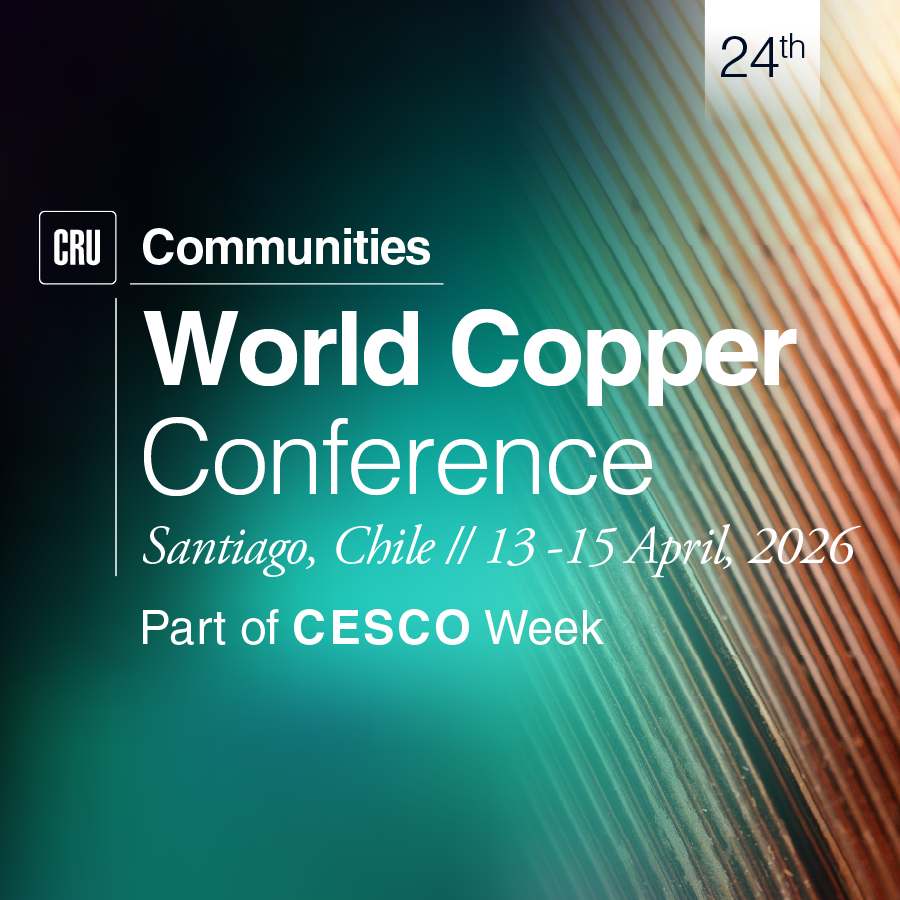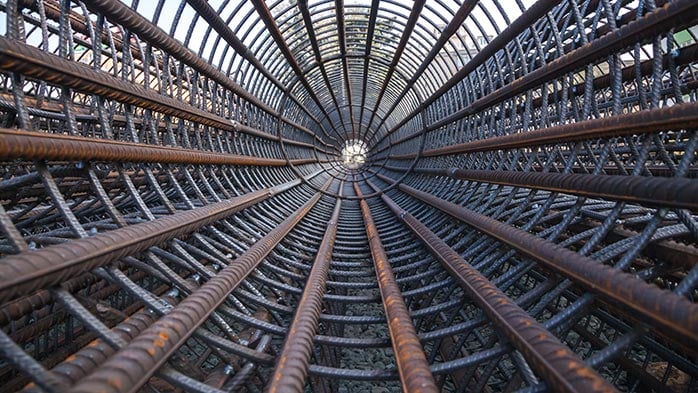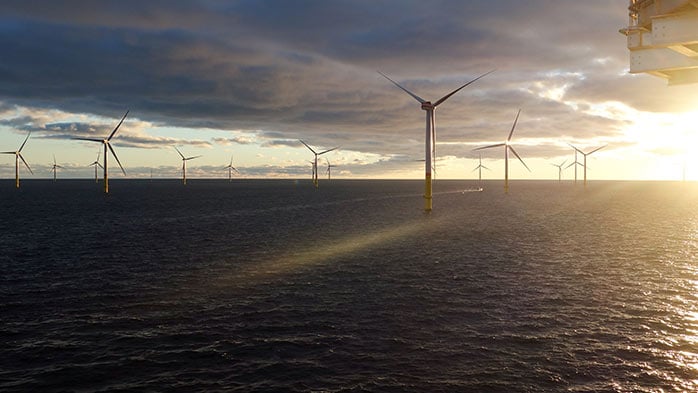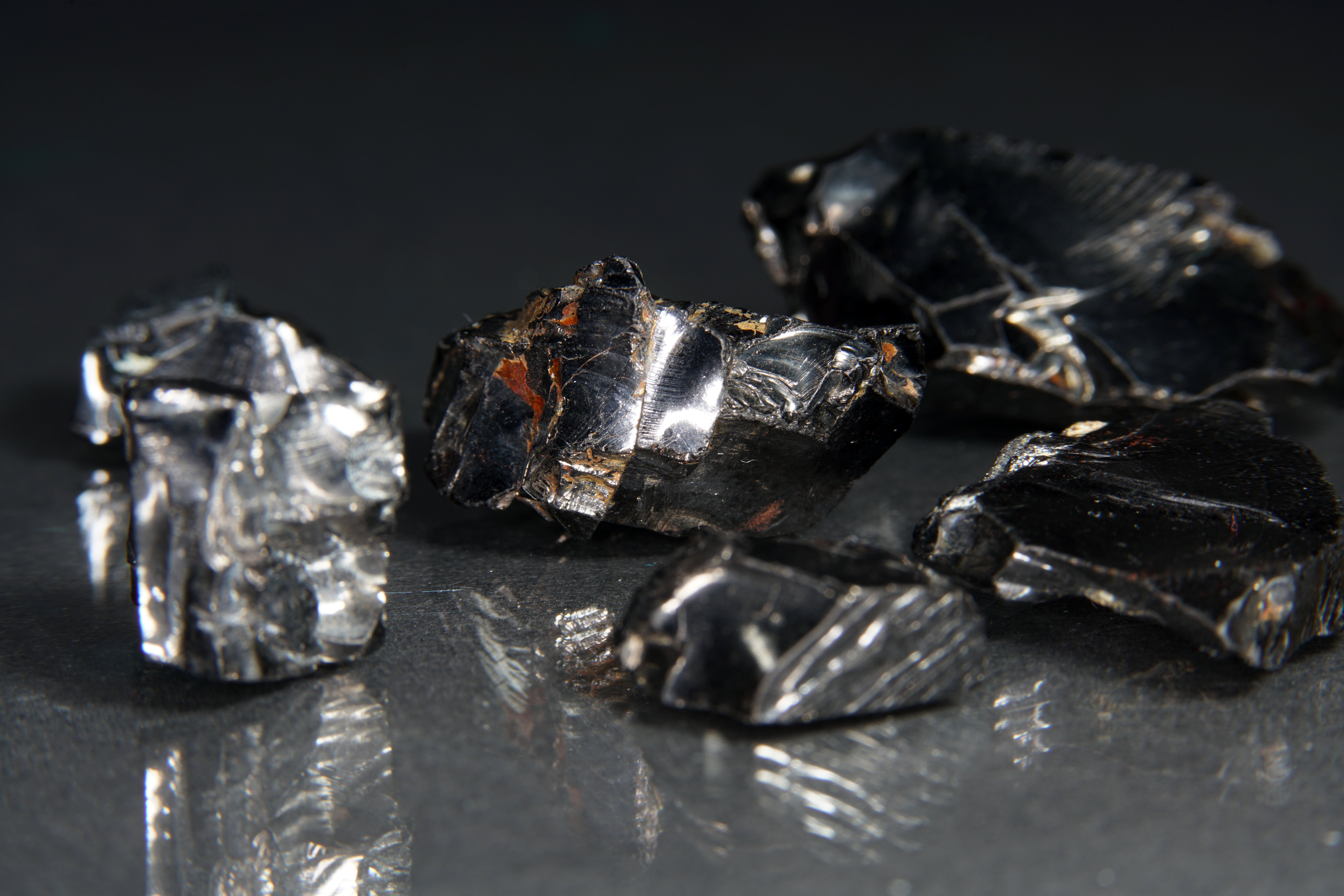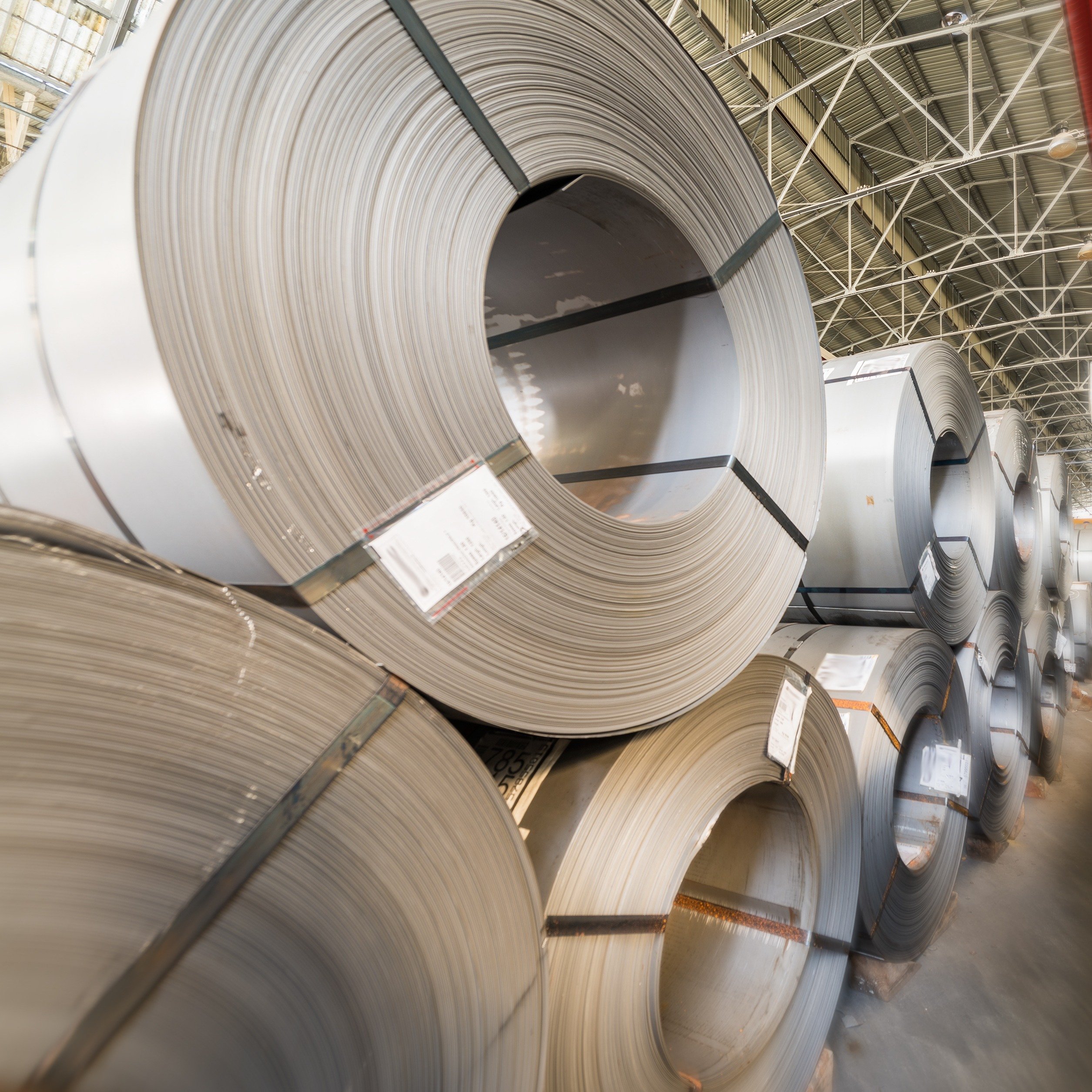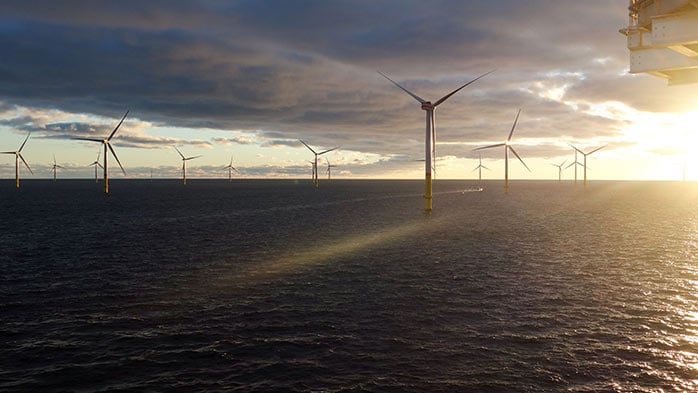Worldwide concentrator costs are forecast to rise in the coming years, with those from the Chilean mining industry increasing at a faster rate. One of the main cost drivers consists of energy cost trends, encompassing energy price and consumption, with the latter expected to rapidly increase in Chilean mines, prompting them to seek new ways to reduce costs, such as introducing new technologies to minimise consumption and shifting to renewable energy sources.
Chile is the world’s leading copper producer, currently accounting for 22% of global supply. This position has been underpinned by its exceptional geological endowment of large, shallow porphyry copper deposits, which support low-cost, open-pit mining. These deposits typically host medium-grade ore (0.40–1.00%) and lend themselves to economies of scale, aided by over 30 years of sustained investment in mining infrastructure and processing capacity in their top-producing mines (data below). However, as these deposits mature and ore grades decline, processing costs have begun to rise significantly, challenging Chile’s historical cost advantage.
At the start of the decade (2021), Chile held a 17% cost advantage compared to the rest of the world (RoW). However, this gap has already begun to narrow and is expected to shrink to just 4% by the end of the 2021–2030 period, along with a slight reduction in Chile’s share of global ore production. A closer look at the data reveals that RoW processing costs rose sharply by 19% between 2021 and 2022.
In contrast, Chile recorded a similar 22% increase, but with a one-year delay – likely due to the Chilean mining industry's capacity to maintain stable costs during the Covid-19 period (2020–2022). Thereafter, major operations such as Chuquicamata, Collahuasi, El Teniente and Escondida experienced a notable cost rise, but stabilised from 2023 onwards. A similar trend is observed for the RoW. To further outline these observed and forecast cost trends, a breakdown by key drivers is explored further below.
Consumables, energy and grinding media consistently account for the largest share of total costs, together representing around 75% of the total costs over time. Since 2023, grinding media has slightly reduced its share of total costs – an uncommon trend among cost drivers – yet it remains the third most significant one.
Notably and unsurprisingly, both grinding media and energy are heavily influenced by ore characteristics such as hardness, chemical composition and head grade. Among the two, energy stands out as the cost driver showing the most substantial change over the period, with an increase of $0.80 /t. The sensitivity of energy consumption to ore grade is well-understood in both industry and academia (Silva & Casali, 2015; Koppelaar & Koppelaar, 2016) and remains a critical factor in shaping processing costs.
The data below illustrates the well-understood inverse relationship between energy costs and ore grade – a trend that has been particularly prevalent in Chilean mines. This trend helps explain the recent rise in processing costs and clarifies why Chile’s costs are increasingly comparable to those of the RoW, as the gap in ore grades has narrowed from 13% to 7%. Importantly, this pattern suggests that the increase in energy costs is not driven solely by market factors (such as energy prices) but is also closely linked to the physical characteristics of the ore processed.
To further explore the influence of market dynamics and ore properties on energy costs trends in Chilean mines, it is useful to break these costs down into two key components – energy price and energy consumption. As expected, energy prices show a sharp increase of 31% over the outlined period, while energy consumption also rises by 12%, a change closely aligned with the decline in ore grade.
When compared to the RoW, two notable trends emerge – firstly, a clear energy price gap develops between 2021 and 2023 (see table below), shifting from similar price levels in 2021 to a 28% advantage for Chile in 2022, before reversing to a 7% disadvantage for Chile in 2023. Secondly, over the observed period, the overall energy consumption gap narrows from -20% to -12%, indicating that Chilean mines are expected to increase consumption at a faster rate than the RoW.
The energy price gap during 2021–2023 can largely be attributed to the global energy market disruptions affecting major copper concentrate-producing countries such as China, Australia, and Russia, which together account for around 20% of the ore processed worldwide. These countries either directly participated in or were economically impacted by the onset of the war in Ukraine during this period, which drove energy prices sharply upward.
The overall reduction in the energy consumption gap between Chile and the RoW reflects declining ore quality in Chilean mines, signalling a loss of competitiveness. Even with a projected energy price advantage from 2026 onwards, this benefit is offset by the ageing of the assets, which struggle to maintain their historic efficiency. This poses challenges for the future of existing operations, which need to innovate to reduce energy consumption, and similarly for new projects, which need to demonstrate greater cost competitiveness to secure approval and attract investment.
Mining companies are increasingly adopting new technologies or measures to optimise energy efficiency. For example, Escondida is enhancing its processes by implementing AI-powered recommendations for its concentrators based on ore properties (in collaboration with Microsoft). In contrast, Los Bronces has taken a more radical approach by shutting down part of its processing plant due to declining ore quality, a situation expected to improve with the Los Bronces Underground project. Looking ahead, upcoming projects such as La Farola, Norte Abierto, Vizcachitas, and expansions like Nueva Centinela plan to integrate energy-efficient technologies, including High-Pressure Grinding Rolls (HPGR), potentially lowering consumption by 20–40%.
Another approach adopted by several companies focuses not on reducing consumption but on lowering overall environmental impact, particularly Scope 2 CO₂ emissions. Since 2020, major Chilean mines – including Collahuasi, Escondida, Los Pelambres, Centinela, Spence, Quebrada Blanca and most recently Candelaria – have transitioned from partial to fully renewable energy sources, including solar, wind and hydroelectric power. These operations have effectively reduced Scope 2 emissions to zero while also benefiting from stable energy prices, mitigating inflationary pressures. In contrast, mines like El Teniente and Chuquicamata, which still rely on fossil fuels, have seen energy costs rise by 21%.
The transition to renewable energy has enabled Chilean mines to meet the government's emissions targets and support the 2050 carbon neutrality goal. At the same time, challenges such as declining ore grades and quality are driving the need for technologies that reduce energy consumption and improve efficiency. As of 2024, processing costs in South America already exceed those in Asia (Copper Cost Report, January 2025), emphasising the importance of innovation to maintain competitiveness for Chilean copper production.
While some companies have taken early steps, others risk falling behind, putting Chile’s leadership in the global mining industry at stake. Moving forward, technological advancement and proactive adaptation will be essential to secure the industry's long-term position in order to shift current energy cost trends. For further coverage of related copper markets, please see our Copper Long Term Market Outlook.




